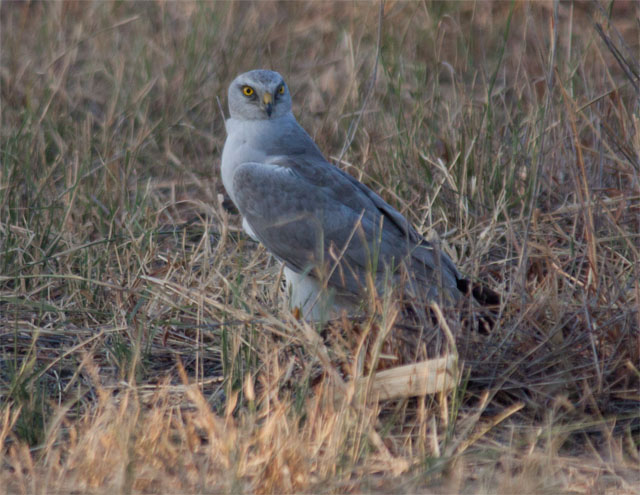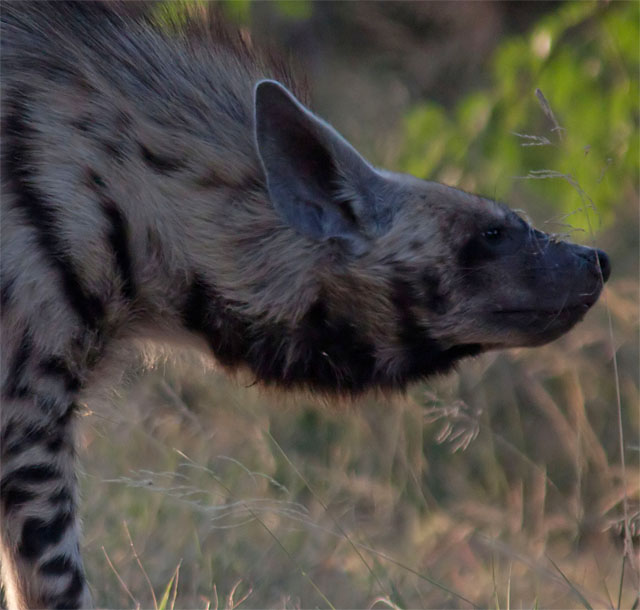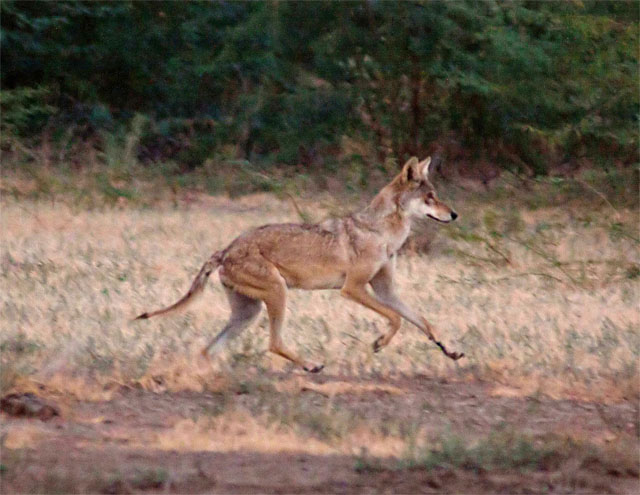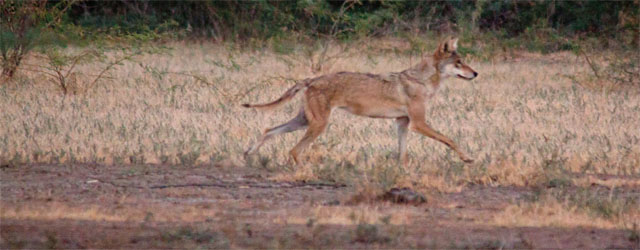“Home’s not merely four square walls,
Though with pictures hung and gilded…” – Charles Swain
Perhaps not, but fox photographs and a new banner do help a blog feel more homely.

One-Eye is the dominant male of the Horse Meadows Group. This large fox family calls a sizable part of my parish their territory. His eye injury is at least two years old and doesn’t seem to affect him.
This blog is still an infant – under a month old – but, like all children, it is hungry for stories. Everywhere I tread, from woodlands splashed with gold at sunset to chalky hills cradling sleepy flowers, offers its own scripts. At the same time, I have to introduce this blog to its ancestry: journeys through truly wild lands that consumed so many posts on Opera.
I will move some of my old travelogues here and store them under their own pages, hopefully to be joined by my more recent adventures as time permits. First up: Gujarat in northwest India. Here’s a little nostalgia – a post from Velavadar National Park, which I visited on 26th November 2012.
___
Originally posted on Opera on 11th December 2012
Dust is a canvas. I’ve left the car to explore the edge of a little lake, human-dug, I think, to provide seasonal water for the park’s wildlife. Blackbuck appear in fragments through the long grass but the dust is more exciting for me. Written in it are the tear-drop tracks of a wild cat, the first I’ve found on this trip. They’re not huge – about fox size – and I think they are the insignia of a jungle cat Felis chaus. I just have an inkling…I scan the bushes, and I scan the grass.
There is nothing.
Back to the car, then, and back on the quest for the hyena, and back past wildlife that would monopolise my attention anywhere in Europe, but is so common here that it hardly wins a second glance.
Montagu’s harrier

Pallid harrier

The hyena isn’t being cooperative; down we head towards the little lake again, and there – a cat! A jungle cat, a big male cat, fox-red, greyhound-sleek, bounding across the road. He stops, for a fraction for a second, and stares back through the grass, and then melts away as if he had never been. I suspect that I was within metres of him at the lake, and saw nothing. Cats…
Half an hour passes. And then, incredulously, another jungle cat materialises. It’s not adult size, and not quite as stealthy as its peers. Apart from the trailcam’s capture of the bobcat last spring, it’s the first time I’ve ever caught a wild cat on my own camera.

The cat family is comprised of around 36 members, most of which are quite small and very poorly known. Jungle cats are about a third larger than domestic cats, and enliven wild areas from Egypt to China. This one doesn’t stay in view for long, but still – a wild cat!

We drive onwards. And then someone else appears on the road.

Striped hyenas are a rare example of a wild species whose appearance lives up to its name!

This hyena is much less social than its spotted African cousin. I’m curious at its gait; it waddles, almost, rather than walks. The hyena, for its part, is more curious in the local scents.

It might be merely wandering, rather than hunting; the nilgai do not seem to be concerned.

The sinking sun catches its ruff.

And that, by any standards, makes for a successful safari. The day is over: the flamingos mark the sunset.


But something more is there – the Indian subspecies of the animal that has compelled me to travel the world from Vancouver Island to Madhya Pradesh. What it is to look into the face of a wild wolf – those are the moments that no wildlife photographer can ever forget.


The light is terrible, and the wolves do not tarry. They lope across the track and stride back into the heart of Velavadar.

Tomorrow our path turns southwards towards Gujarat’s most famous park. I will remember Velavadar as a good place. It is the home of wolves.